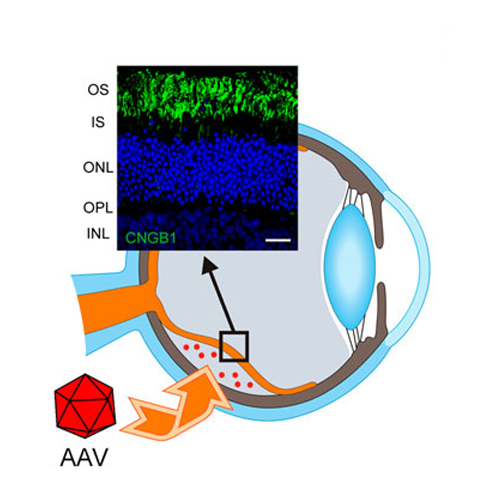Gene replacement therapy for retinal CNG channelopathies
17-Jul-2013
Molecular Genetics and Genomics, 2013, doi: 10.1007/s00438-013-0766-4, 1617-4615 published on 17.07.2013
Molecular Genetics and Genomics, online article
Molecular Genetics and Genomics, online article
Visual phototransduction relies on the function of cyclic nucleotide-gated channels in the rod and cone photoreceptor outer segment plasma membranes. The role of these ion channels is to translate light-triggered changes in the second messenger cyclic guanosine 3′–5′-monophosphate levels into an electrical signal that is further processed within the retinal network and then sent to higher visual centers. Rod and cone photoreceptors express distinct CNG channels. The rod photoreceptor CNG channel is composed of one CNGB1 and three CNGA1 subunits, whereas the cone channel is formed by one CNGB3 and three CNGA3 subunits. Mutations in any of these channel subunits result in severe and currently untreatable retinal degenerative diseases like retinitis pigmentosa or achromatopsia. In this review, we provide an overview of the human diseases and relevant animal models of CNG channelopathies. Furthermore, we summarize recent results from preclinical gene therapy studies using adeno-associated viral vectors and discuss the efficacy and translational potential of these gene therapeutic approaches.











